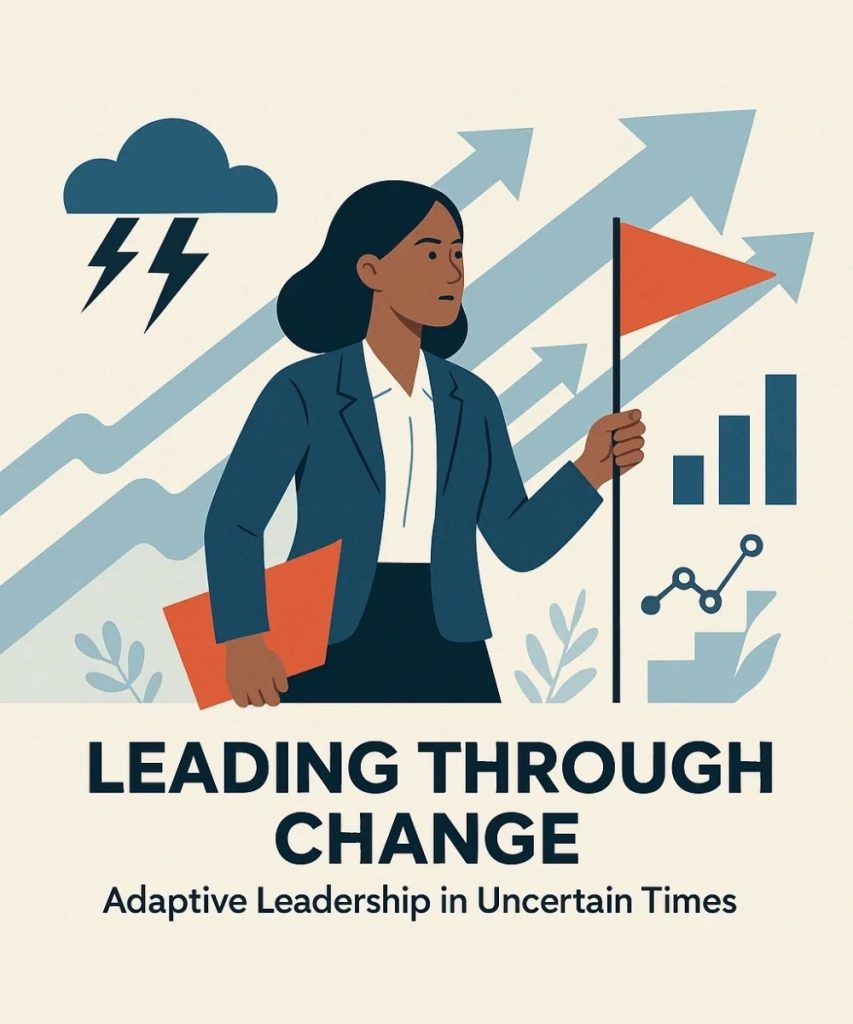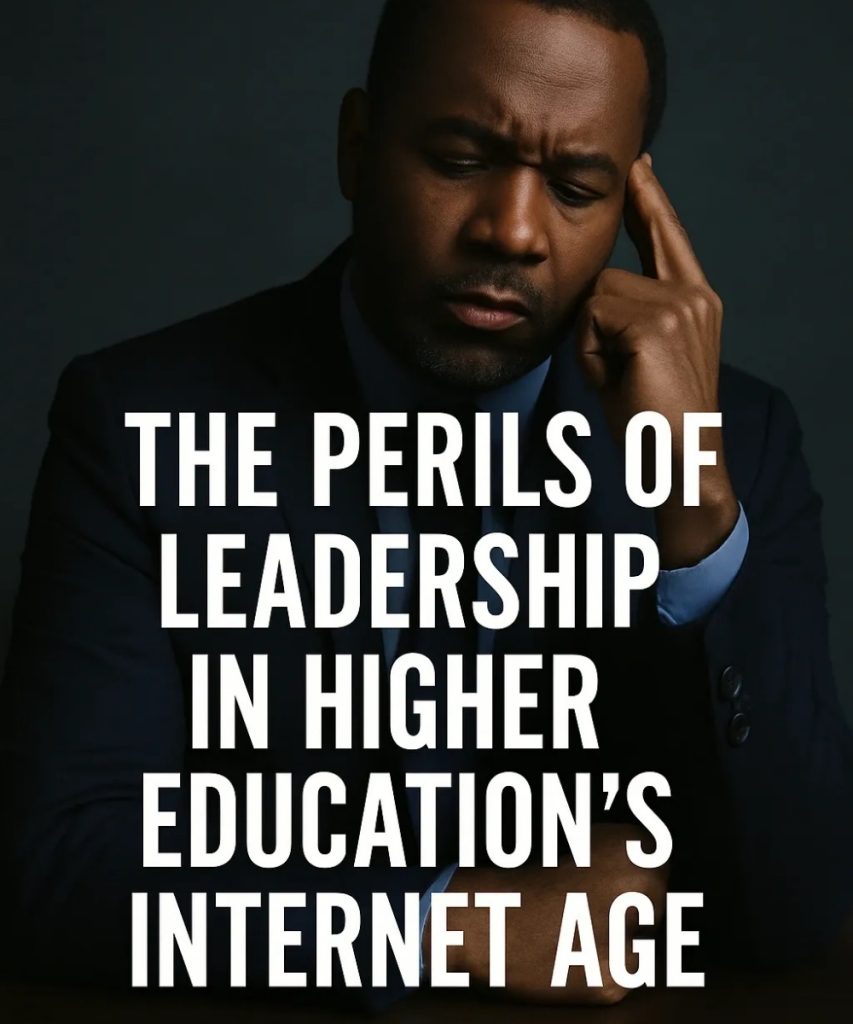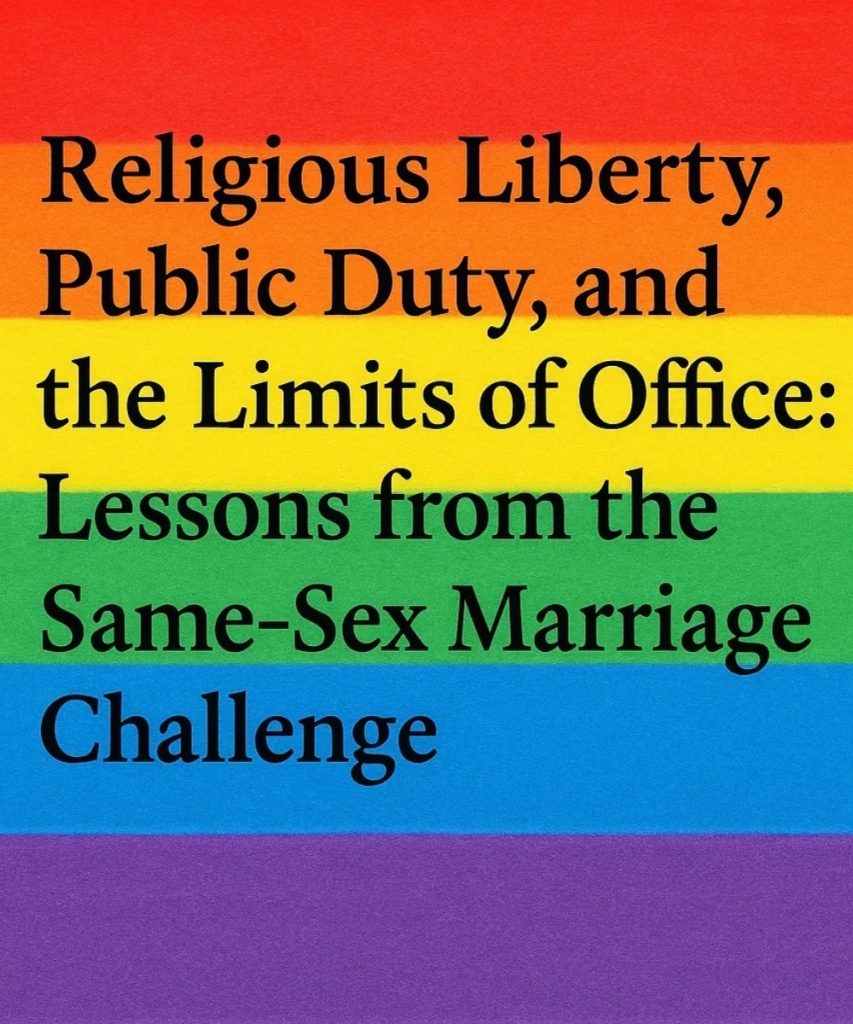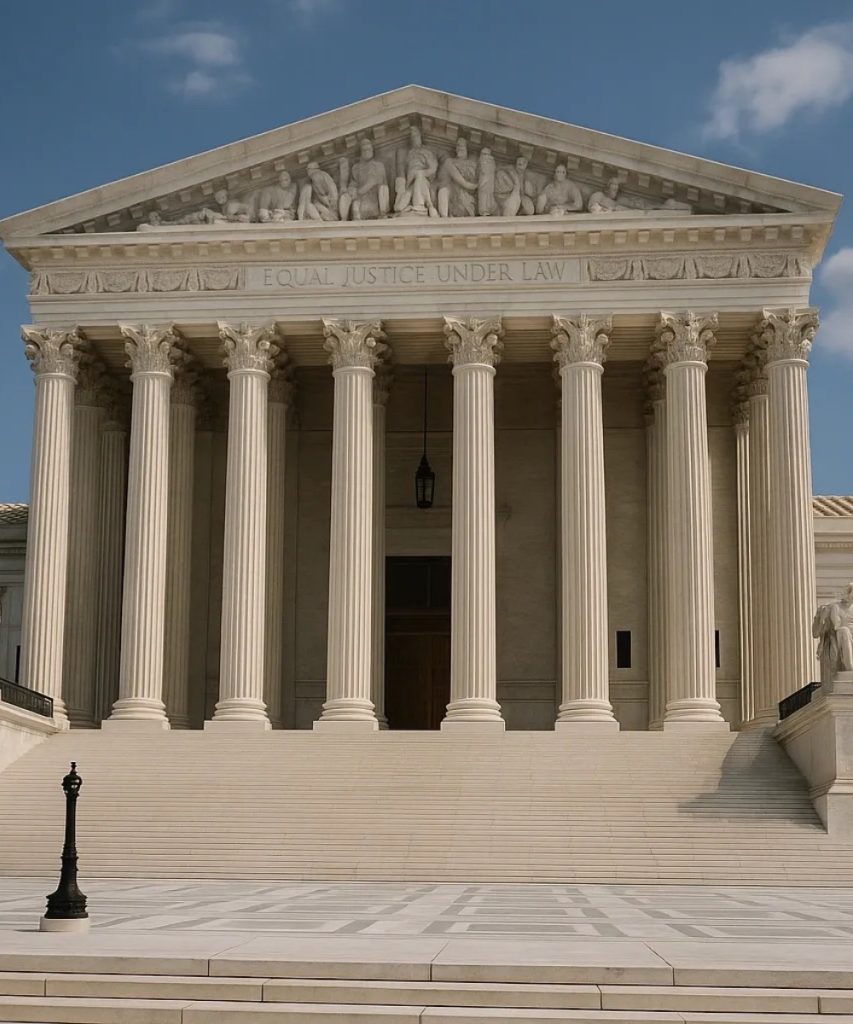In today’s volatile and unpredictable environment, the ability to lead with clarity, agility, and resolve has never been more essential. From nonprofit organizations grappling with funding instability to higher education institutions navigating political interference and shifting accreditation standards, leaders find themselves in a constant state of adaptation. The stakes are high, and the terrain is often unfamiliar. This is the era of adaptive leadership, where foresight, emotional intelligence, and systems thinking are not luxuries, but necessities.
The Shifting Ground Beneath Us
We live in a time when the next presidential executive order could undo years of policy work overnight. A tweet or court ruling could ripple through the nonprofit sector, altering the viability of a program or an entire organizational model. For higher education, particularly institutions that serve marginalized or underrepresented populations, changes in federal financial aid rules, immigration enforcement, or recognition of accreditation bodies can upend everything from enrollment to legal compliance. Leaders don’t just need to plan. They need to pivot, often without warning.
This moment demands a leadership model built not just on strategy, but on adaptability.
What Is Adaptive Leadership?
Coined by Ronald Heifetz and Marty Linsky, adaptive leadership is about navigating complex challenges for which there are no easy answers. It is about mobilizing people to tackle tough realities and thrive amidst turbulence. Unlike technical leadership, which applies existing know-how to solve known problems, adaptive leadership calls on individuals and organizations to confront loss, rethink values, and recalibrate roles and relationships.
At its core, adaptive leadership requires:
- Emotional intelligence to manage stress, uncertainty, and fear, not just personally, but within teams and stakeholders.
- Systems thinking to understand how one decision can impact multiple parts of the organization and its ecosystem.
- Agility to reframe problems, prototype solutions, and stay grounded in purpose even as strategies shift.
Leadership in Nonprofits and Higher Ed: A Perfect Storm
Nonprofit and higher education leaders are navigating what can only be described as a perfect storm: economic uncertainty, cultural polarization, labor shortages, politicized attacks, and shifting community needs. These are not just crises. They are signals of systemic transformation.
Funders are more risk-averse. Students and communities are more discerning. Faculty and frontline workers are more exhausted. Boards and stakeholders are often more divided.
In this context, adaptive leaders do not cling to the old ways. They listen deeply, take calculated risks, and model vulnerability. They are capable of holding two truths at once: honoring tradition while embracing necessary disruption.
The Emotional Labor of Leading in Uncertainty
Let’s be honest. Leading in this environment can be emotionally grueling. Leaders are called upon to maintain composure and confidence while carrying immense burdens behind the scenes. There is no playbook for leading a nonprofit through a politicized audit or a university through a public controversy. The weight of moral leadership, especially for those working in equity-centered spaces, is heavy.
That is why emotional intelligence—self-awareness, empathy, and resilience—is paramount. Leaders must cultivate emotional agility, the ability to experience negative emotions without becoming hijacked by them. They must also create psychological safety within their teams so that innovation can emerge from uncertainty.
Building Adaptive Capacity
The good news is that adaptive leadership can be learned and nurtured. Here are a few practices for leaders looking to strengthen their adaptive capacity:
- Create space for reflection and dialogue. Strategic pauses help teams step back from urgency and reflect on deeper patterns and assumptions.
- Foster distributed leadership. Engage emerging leaders across levels of the organization to co-create solutions and own the process of change.
- Stay anchored in values. Adaptive leaders do not abandon their mission in a storm. They clarify it. Purpose becomes the compass.
- Experiment boldly. Run pilots, test ideas, and learn in real time. Innovation emerges when organizations are willing to fail forward.
- Invest in self-care and wellness. Sustainability is not selfish. Leaders must model the care and boundaries they expect from others.
Conclusion: Leadership as Stewardship
Ultimately, leading through change is not about having all the answers. It is about creating the conditions for adaptation, integrity, and shared meaning. It is about recognizing that we are all stewards of institutions that will outlast us, but whose legacies are shaped by how we lead in the toughest of times.
We are living in an era where democracy itself feels unsettled. To lead now is to lead through fog, with courage as your compass and community as your anchor. The question is not if we will face uncertainty, but how we will show up when it arrives.




